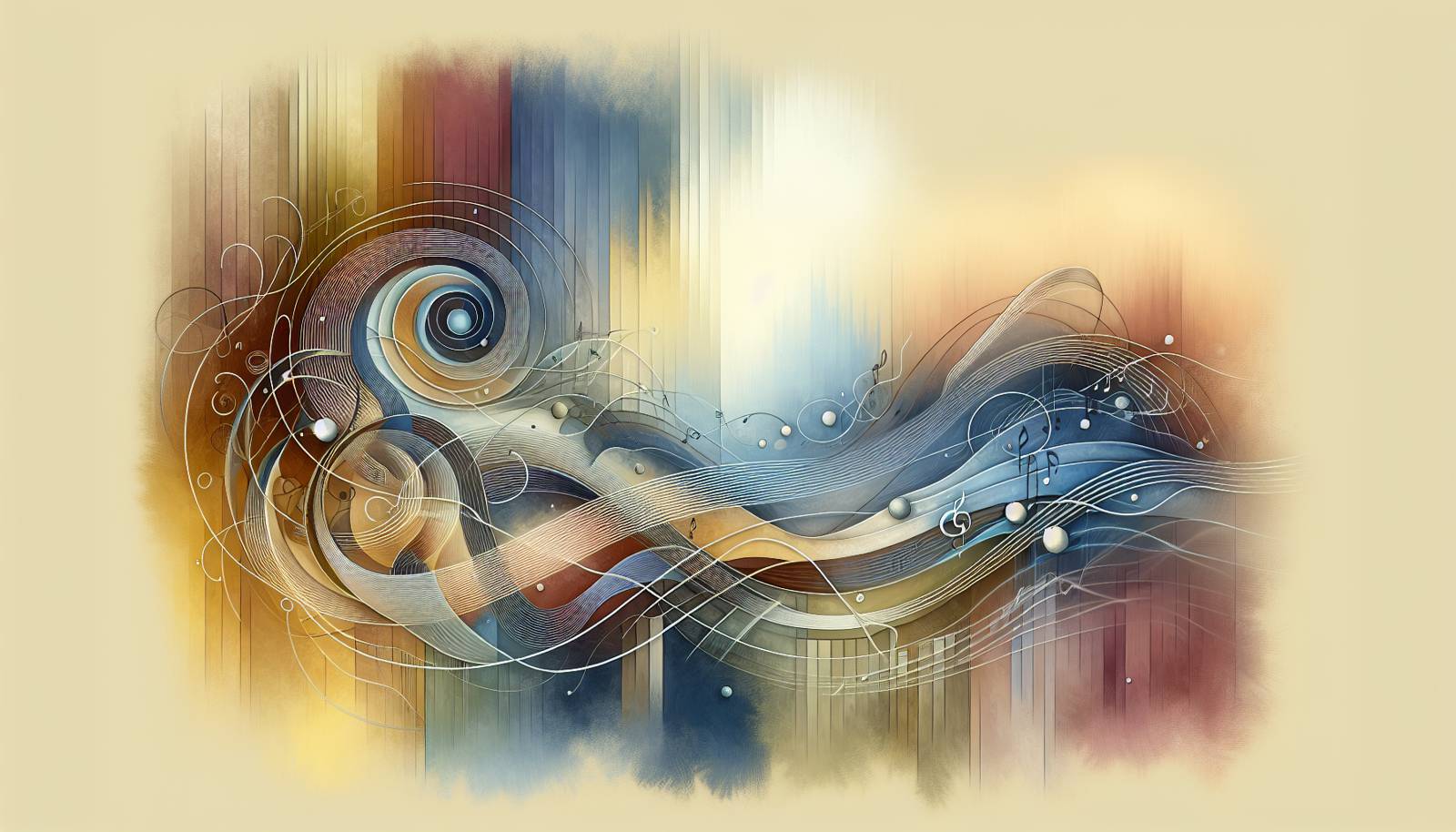
FAQ About The Influence of Spirituals on Modern Gospel Music

What are spirituals and how did they originate?
Spirituals, or African-American spirituals, are a genre of songs that originated during the era of slavery in the United States. They were created by enslaved Africans and were often infused with biblical themes and a deep sense of longing for freedom. These songs were not only a means of expression and hope but also served as code for escape and a way to maintain cultural identity. Over time, spirituals became an integral part of African-American heritage and laid the groundwork for future music genres, such as gospel music.

How did spirituals influence the development of gospel music?
Spirituals have had a profound influence on the development of gospel music. The thematic elements of hope, resilience, and faith found in spirituals are significant components of gospel music. Additionally, the call-and-response style, rich harmonies, and emotional intensity of spirituals were carried over and evolved into gospel music styles. Gospel artists drew upon these elements to craft a genre that is both religiously and culturally significant.

What is the significance of call-and-response in spirituals and gospel music?
Call-and-response is a musical form that involves one singer or musician performing a phrase, which is then answered by another singer, musician, or group. In spirituals and gospel music, this technique is particularly significant as it promotes participation, community involvement, and a dynamic form of storytelling. It allows for interactive worship and expression, which strengthens communal bonds and conveys the collective experience of joy, struggle, and triumph.

Who were some key figures in the transition from spirituals to modern gospel music?
Several key figures played pivotal roles in the transition from spirituals to modern gospel music. Thomas A. Dorsey, known as the "Father of Gospel Music," was instrumental in developing gospel music in the 20th century. Mahalia Jackson, with her powerful voice and interpretations of gospel music, also helped bring gospel to a wider audience. Other influential artists include Sister Rosetta Tharpe, who merged gospel with rock and roll, and James Cleveland, whose innovations helped shape modern gospel choirs.

How did spirituals serve as code for escape during slavery?
Many spirituals contained coded messages that guided enslaved people in their quest for freedom by providing instructions, advice, and encouragement for escape routes and timings. For example, songs like "Wade in the Water" were believed to suggest travel by water to obscure scent from slave-catching dogs, while "Steal Away" was used to signal secret gatherings or that an escape was planned. These songs were a stealthy form of communication under the guise of religious activity.

What role does improvisation play in gospel music, as seen in spirituals?
Improvisation is a critical element in gospel music, carried over from the tradition of spirituals. It involves spontaneous variation of melody, rhythm, and lyrics, which allows gospel singers to personalize their performance and convey deep emotion. This freeform expression enhances the connection between the performer, the audience, and the spiritual message, creating a dynamic and engaging experience that is central to both spirituals and gospel music.

What are some common themes found in spirituals that are also present in modern gospel music?
Common themes in spirituals that persist in modern gospel music include faith, redemption, suffering, freedom, hope, and divine intervention. These themes reflect personal and collective experiences of spiritual belief and perseverance despite hardship. Gospel music builds on these themes with an emphasis on personal salvation, communal worship, and a celebration of faith, making it both a continuation and evolution of the messages present in spirituals.

How have gospel choirs been influenced by the tradition of spirituals?
Gospel choirs have been heavily influenced by the traditions found in spirituals, such as the use of harmonization, call-and-response, and powerful, emotive performances. These choirs often perform complex vocal arrangements that echo the communal singing styles of spirituals. The choir serves as a vehicle for storytelling and emotional expression, key features inherited from the performance of spirituals, and is an essential component of how gospel music is experienced and enjoyed today.

How did the civil rights movement impact the evolution of gospel music from spirituals?
The civil rights movement of the 1950s and 1960s significantly influenced the evolution of gospel music, which saw itself as a continuation of the liberation theme inherent in spirituals. Gospel songs from this era often provided encouragement, unity, and a voice for the movement. Artists like Mahalia Jackson and groups like The Staple Singers used gospel music to inspire action and hope, intertwining themes of spiritual freedom with social justice, thereby echoing the dual role that spirituals played during slavery.

In what ways have spirituals been preserved in contemporary music genres?
Spirituals have been preserved and celebrated in various contemporary music genres, often through tributes, sampling, or reinterpretations. Gospel remains the most direct descendant, but elements of spirituals can also be found in blues, jazz, soul, and R&B. Artists sometimes incorporate specific songs or adapt the themes and styles into modern compositions, ensuring that the heritage and influence of spirituals continue to resonate in today's music.

Why is Thomas A. Dorsey an important figure in gospel music history?
Thomas A. Dorsey is often referred to as the "Father of Gospel Music" due to his significant contributions to establishing and popularizing the genre. Originally a blues pianist, Dorsey transitioned to gospel music, blending the emotive power of blues with the worshipful essence of spirituals. His composition "Precious Lord, Take My Hand" is considered a cornerstone of gospel music, influencing generations of gospel musicians.

What are some iconic gospel songs that reflect the influence of spirituals?
Iconic gospel songs reflecting the influence of spirituals include "Precious Lord, Take My Hand" by Thomas A. Dorsey, which combines deep emotional expression with a strong spiritual message. "Oh Happy Day," popularized by the Edwin Hawkins Singers, reflects communal joy and the power of group singing, reminiscent of traditional spirituals. "Swing Low, Sweet Chariot," though a spiritual, has been performed by numerous gospel artists, demonstrating the continuous influence of spirituals on gospel music.

How did Mahalia Jackson contribute to the influence of spirituals on gospel music?
Mahalia Jackson, with her powerful and emotive vocals, was instrumental in bringing gospel music to a wider audience. She interpreted spirituals with unparalleled passion and intensity, drawing on their deep roots while advancing the gospel music tradition. Her performances at events like the civil rights movement's March on Washington highlighted the ongoing relevance and inspirational power of gospel music, reinforcing its connections to both historical and contemporary struggles for freedom and justice.

Why is improvisation important in gospel and spiritual music?
Improvisation is vital in both gospel and spiritual music as it allows musicians and singers to personalize their performance, conveying individual emotion and spiritual insight. This technique fosters an intimate connection between the performer and the audience, facilitating a dynamic and spontaneous musical experience. It also empowers performers to express their spontaneous faith-based reactions and share them with the congregation, adding a unique dimension to every performance.

Can you give examples of how spirituals have been adapted in modern music genres?
Spirituals have been adapted and incorporated into various modern music genres through sampling, reinterpretations, and stylistic influence. In jazz, artists like John Coltrane have drawn from spirituals' structures and themes. Blues and soul have incorporated spiritual-like narratives and emotional depth. Songs such as "People Get Ready" by The Impressions reflect the hope and resilience themes of spirituals. In hip-hop, artists have sampled spiritual songs to evoke a connection to cultural roots and historical struggles.

How do modern gospel concerts reflect the influence of spirituals?
Modern gospel concerts often reflect the influence of spirituals through their high-energy performances, communal participation, and emphasis on storytelling. These concerts typically feature powerful vocal performances, dynamic choir arrangements, and a heavy reliance on improvisation, all elements rooted in the traditions of spirituals. They provide an immersive experience that connects the audience to the deeply spiritual and cultural history of both gospel music and its ancestral spirituals.

How did spirituals influence the performance styles seen in gospel music today?
Spirituals have greatly influenced the performance styles of gospel music through their emphasis on emotional intensity, story-telling, and participatory dynamics such as call-and-response. Gospel performers often draw from these elements to create powerful and engaging performances. The tradition of expressing deep personal and communal experiences through music continues to be a hallmark of gospel performances today, thanks in large part to the foundational influence of spirituals.

Are there any misconceptions about the relationship between spirituals and gospel music?
One common misconception is that spirituals and gospel music are the same. While they share historical and thematic connections, they are distinct genres. Spirituals were created and sung by African slaves and hold a vast array of hidden messages, oral traditions, and cultural heritage. Gospel music, while drawing from spirituals, was developed in the 20th century and is more focused on Christian themes and performances in religious settings. Understanding this distinction helps in appreciating the rich history and evolution of these genres.

How did Sister Rosetta Tharpe impact the evolution of gospel music?
Sister Rosetta Tharpe significantly impacted the evolution of gospel music by blending gospel themes with early rock and roll, effectively creating a new sound that reached a broader audience. Her pioneering guitar playing and energetic performances showed the adaptability of gospel music, influencing countless artists across various genres. She helped bridge the gap between gospel and popular music, expanding the cultural impact of gospel music.

What is the historical significance of spirituals in African-American culture?
Spirituals hold profound historical significance in African-American culture as they encapsulate the struggles, faith, and resilience of enslaved Africans. These songs served as a form of resistance, emotional expression, and community cohesion. The spirituals also provided a cultural foundation that influenced future African-American music genres, including gospel. Their legacy continues to be celebrated through ongoing performances and adaptations, reflecting their enduring impact on American and global music culture.
